You’ve saved a deposit, you’ve figured out what you can afford to spend, and you’ve finally found a home that ticks all your boxes. So, what next?
Buying a home isn’t as simple as handing over the money and moving in.
There are quite a few steps involved, which is why it helps to understand each one before you go into the purchasing process.
Here’s what you’ll need to do.
The steps to making a home purchase
1. Conduct price research
According to buyer’s agent Cate Bakos, the very first step is price research.
She says it gives you insight into the market value of properties in the area where your chosen property sits.
The benefit of this knowledge is that it can help you make informed offers and avoid overpaying.
2. Undertake a building and pest inspection
A building and pest inspection is vital, as it can uncover any structural issues or pest infestations in the property.
By knowing the conditions, you better understand the property you’re purchasing and can potentially negotiate repairs or price adjustments.
“You can also make it a condition of the sale if there’s no competition,” says Ms Bakos.
3. Review the contract
Before you sign the purchase contract, have it reviewed by a legal representative like a conveyancer.
They can ensure the terms are fair and that you’re fully across your obligations and rights.

Plus, they can flag any clauses you might want to negotiate on.
4. Make your offer
If the property is through a private sale, you’ll put forward an offer to the representing agent.
When you submit your offer, make sure it’s in writing and preferably documented on a contract.
Ms Bakos says this makes it clear that your offer is serious and avoids misunderstandings.
“No verbal agreements – [you have] nothing to stand on if it falls apart,” she says.
You can also include any terms and conditions with your offer, such as your preferred settlement period, any contingencies and other special requests.
Ms Bakos suggests being direct with the agent about when you’ll hear back from them.
5. Negotiate
In private sales, negotiation is often part of the process.
Ms Bakos says you should be prepared and strategic.
“Find out how the agent will handle the bids – best and highest, or back and forth – so you can refine your strategy,” she says.
During this stage, clear communication with the agent is vital to ensure you know the status of your offer.
6. Bid at auction
If the property’s going to auction, Ms Bakos says you shouldn’t be deterred.
“First home buyers will gravitate towards private sales because they’re seen as less risky and they’re terrified of auctions being an unconditional sale,” she says.
“Auctions are also seen as where properties sell for more, but this isn’t always the case”
“Plus, negotiation can take longer, be more convoluted and less transparent, whereas auctions are more transparent with less room for trickery and bluffing,” she adds.
“Avoiding auctions [can mean] missing out on a lot of good properties.”
Ms Bakos suggests having a firm upper limit and bidding with confidence.

If you feel uncomfortable, consider having a friend, family member or buyers agent bid on your behalf.
7. Send the contract
If your offer’s accepted, the executed contract should be sent to your legal representative and bank or broker.
This kicks off the formal process of securing your home loan and finalising the purchase.
8. Make a deposit
Next, it’s time to make the deposit to secure the property.
This is usually paid via electronic funds transfer to the agent’s account.
Just make sure you have your deposit sorted and ensure it’s paid on time to avoid delays.
9. Enter the settlement period
You’re now in the settlement period, when all the final details of the sale are completed.
During this period, pending conditions like building and pest inspections and securing financing are finalised.
Once these have been met, the sale can go ahead and you move towards the settlement date.
This is the agreed-upon day when ownership of the property is legally transferred to you.
“We check that the settlement date and time is booked in with all parties to ensure a smooth settlement,” says Wei Ma, Home Lending Executive Banker at NAB.
“The parties include the vendor’s solicitor, the vendor’s bank, your bank and your solicitor.”
Ms Ma also advises checking the shortfall amount (the difference between the purchase price and the loan amount) is in your account and ready for settlement.

Depositing the shortfall amount into the nominated account prior to settlement, keeping all your documents like your ID or insurance on hand, and giving prompt responses to your lender, agent and conveyancer to avoid delays.
10. Do a final inspection
It’s worth doing one more inspection of the property before the settlement date.
“The final walk-through is to ensure the property is in the agreed-upon condition,” Ms Ma says.
“It also allows you to ask any specific questions you may have in regards to the property.”
11. Pick up the keys and celebrate
Once settlement day rolls around, ensure all documents have been signed and funds are disbursed.
Then, you’ll get the keys to your new home.
“I know how important that settlement day is for my customers and always give them a call to congratulate them,” says Ms Ma.
Disclaimer: This content has been prepared by REA Group Ltd and contains general information only. It is not intended to be relied on as advice. It does not take into account your objectives, financial situation, or needs. You should seek your own legal, financial, taxation or other professional advice before you make any decisions.
The post Making your first home purchase appeared first on realestate.com.au.

